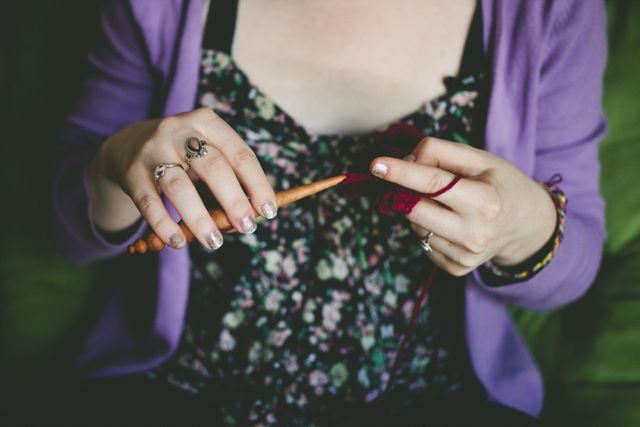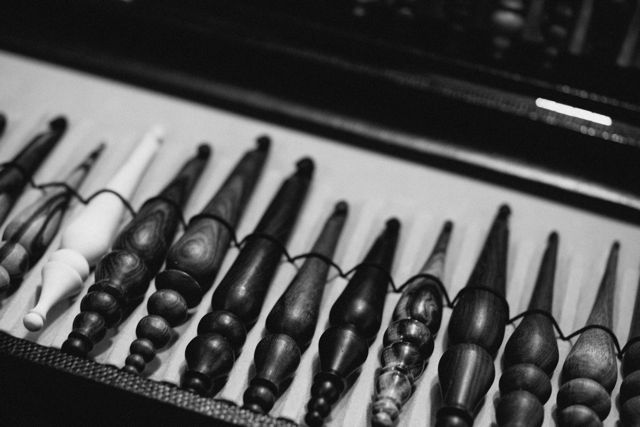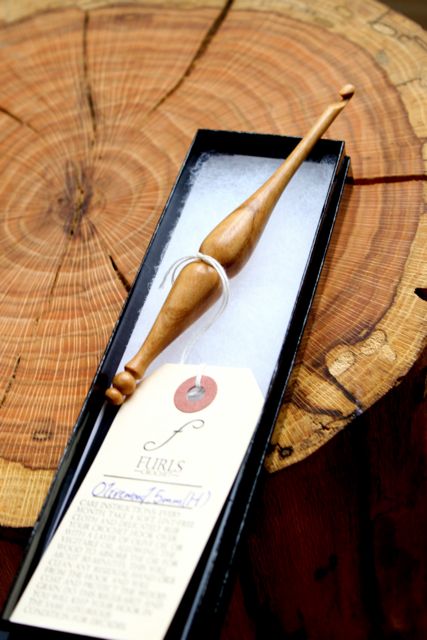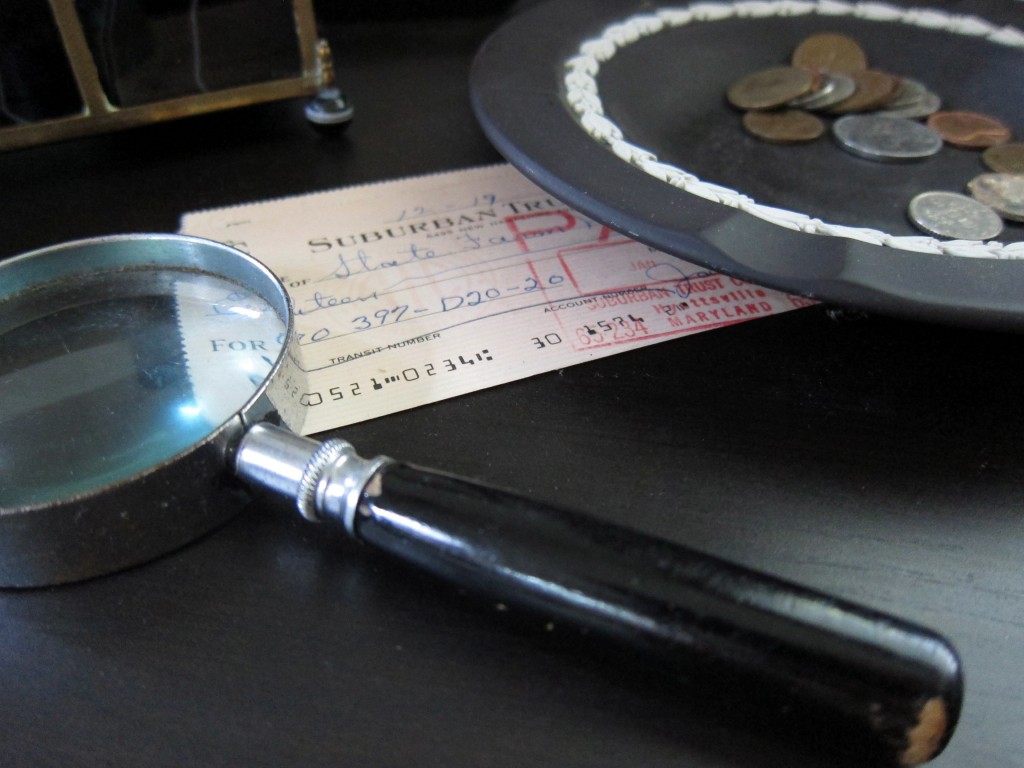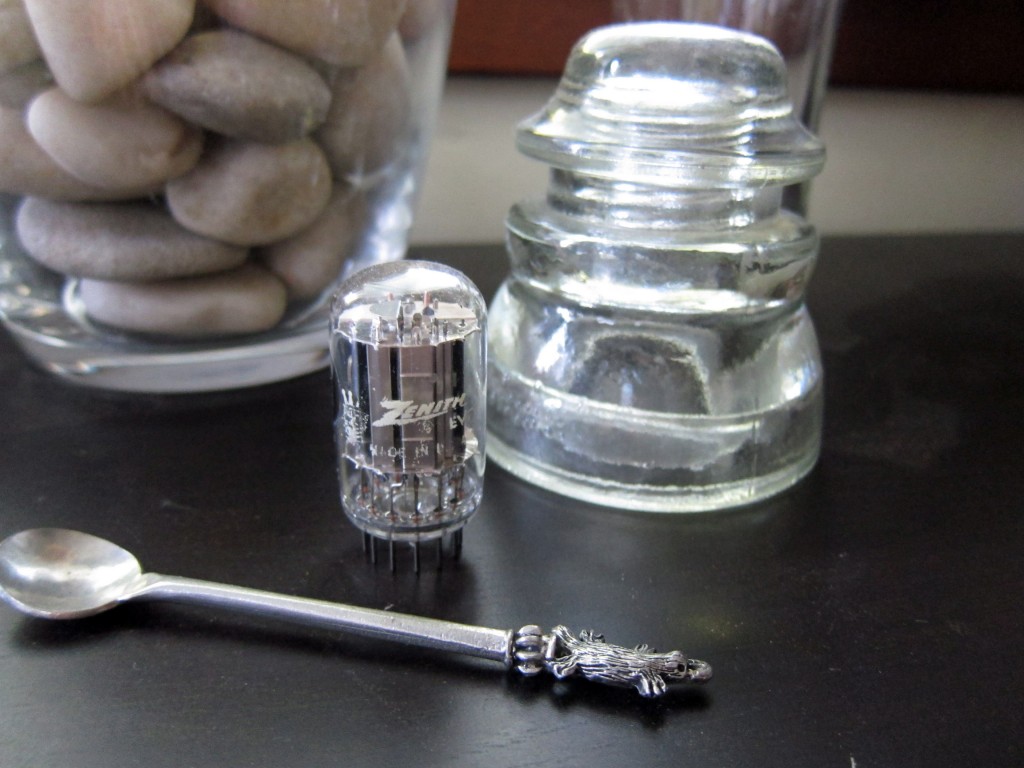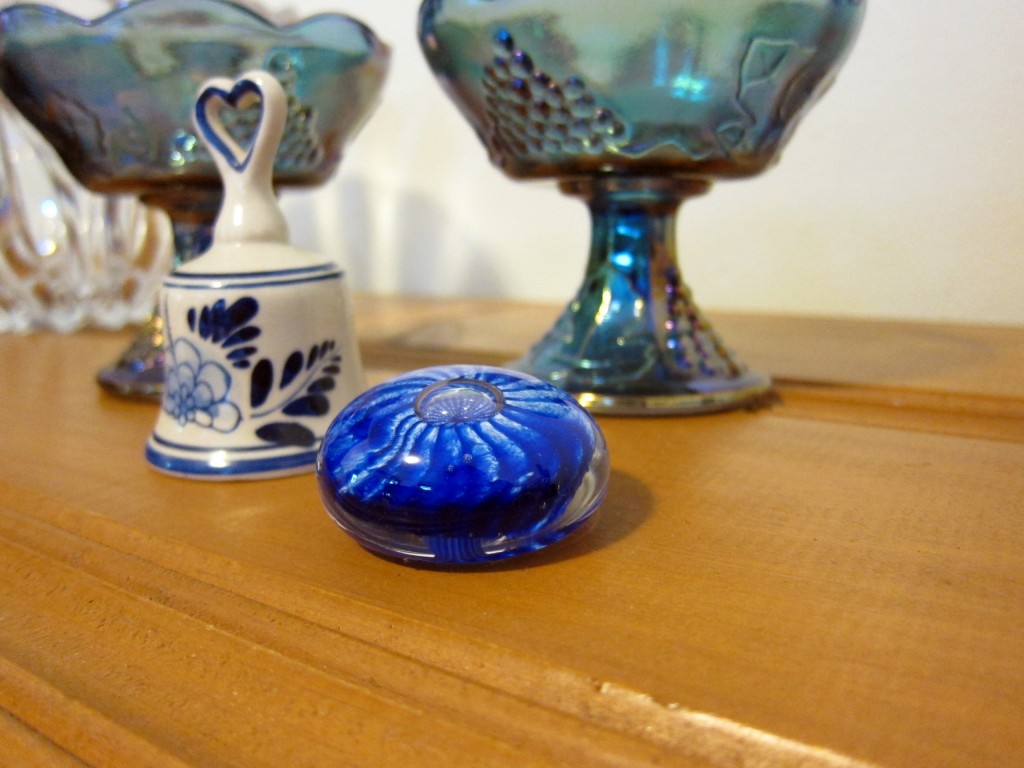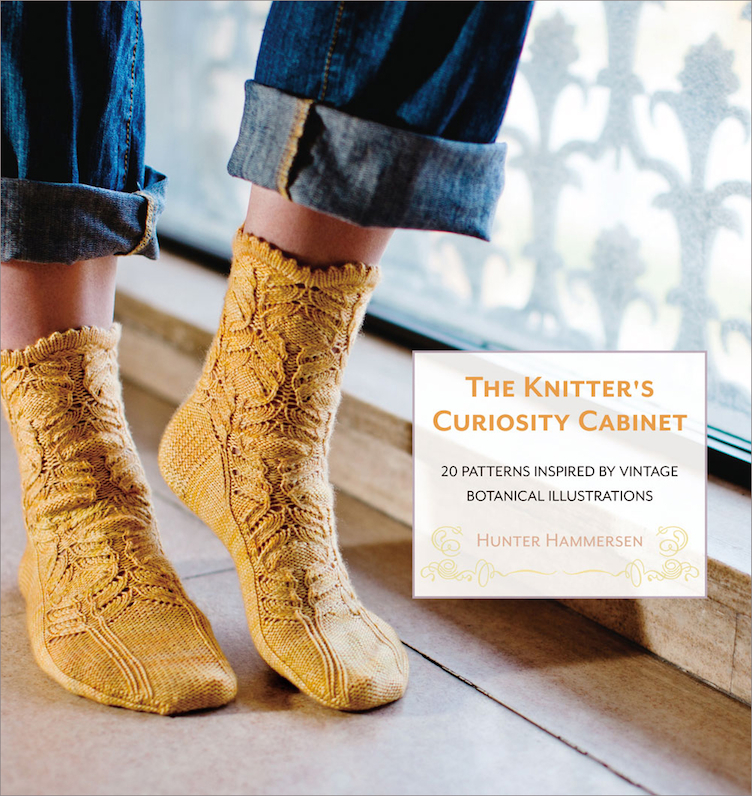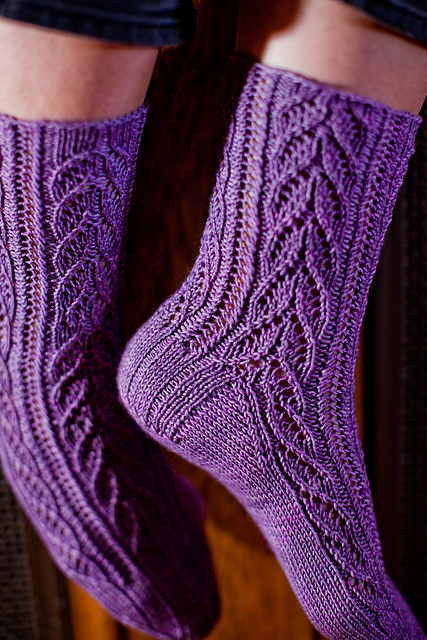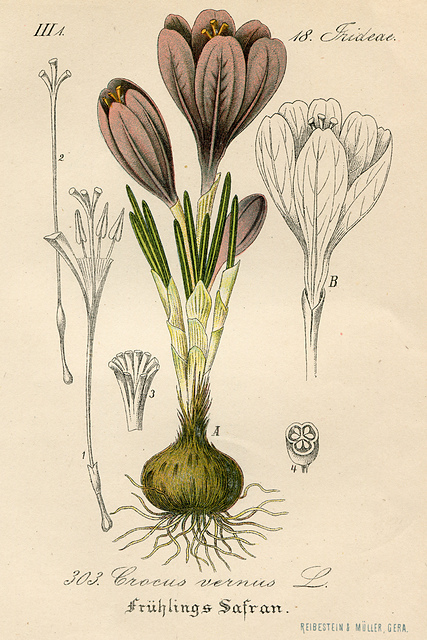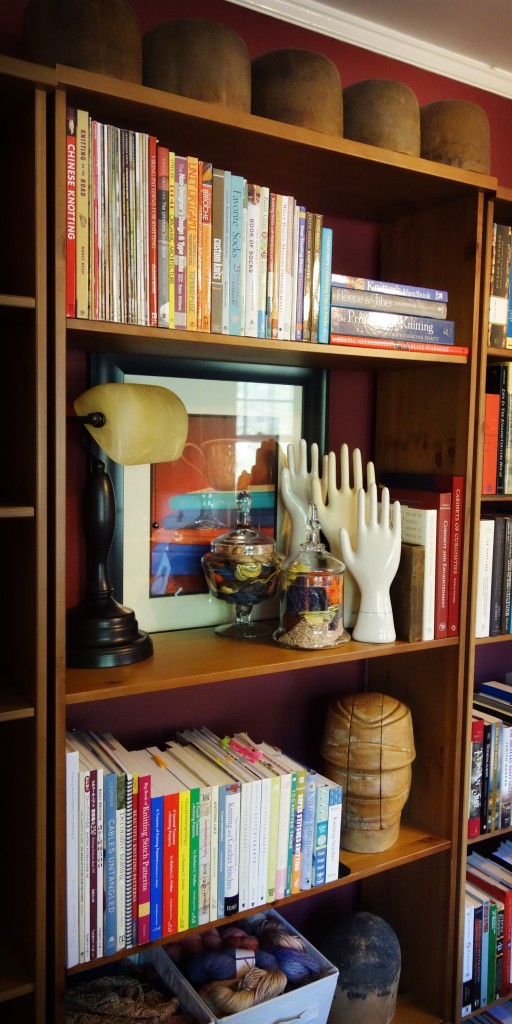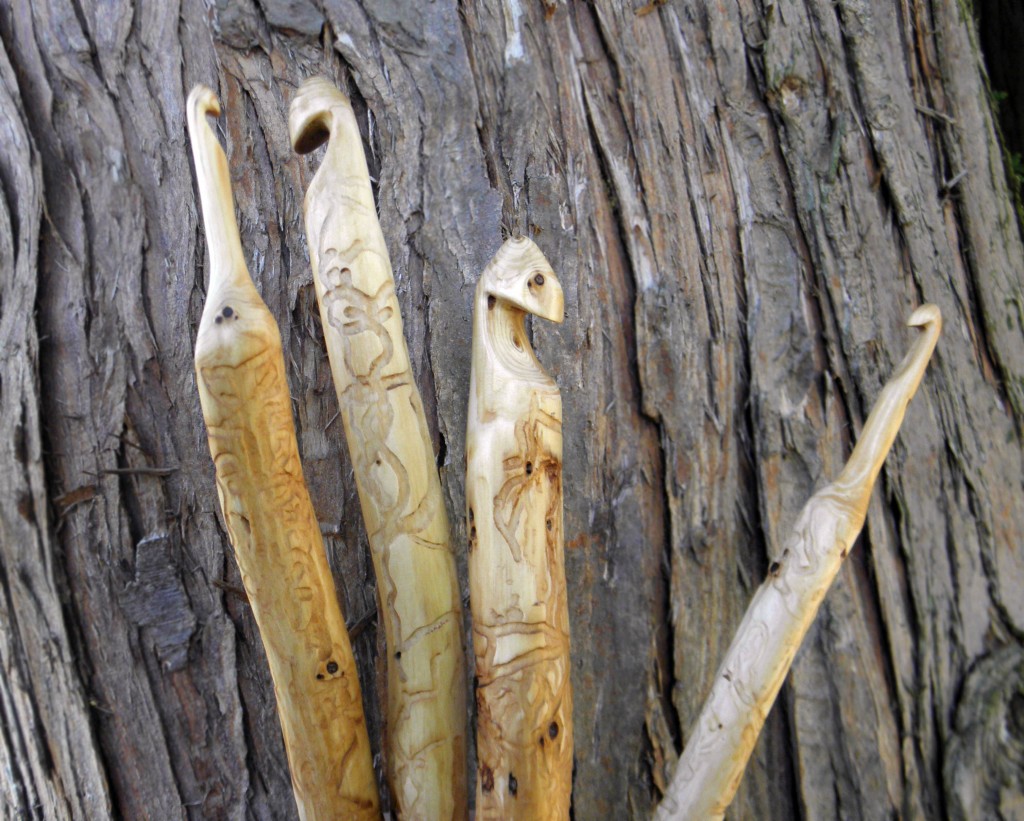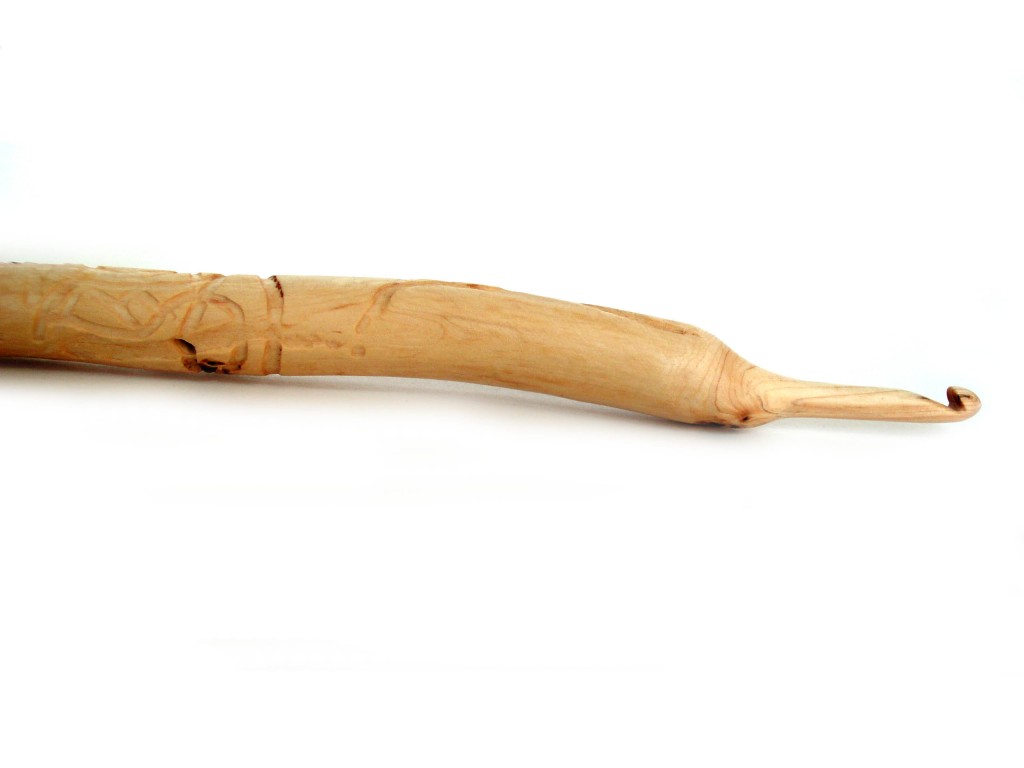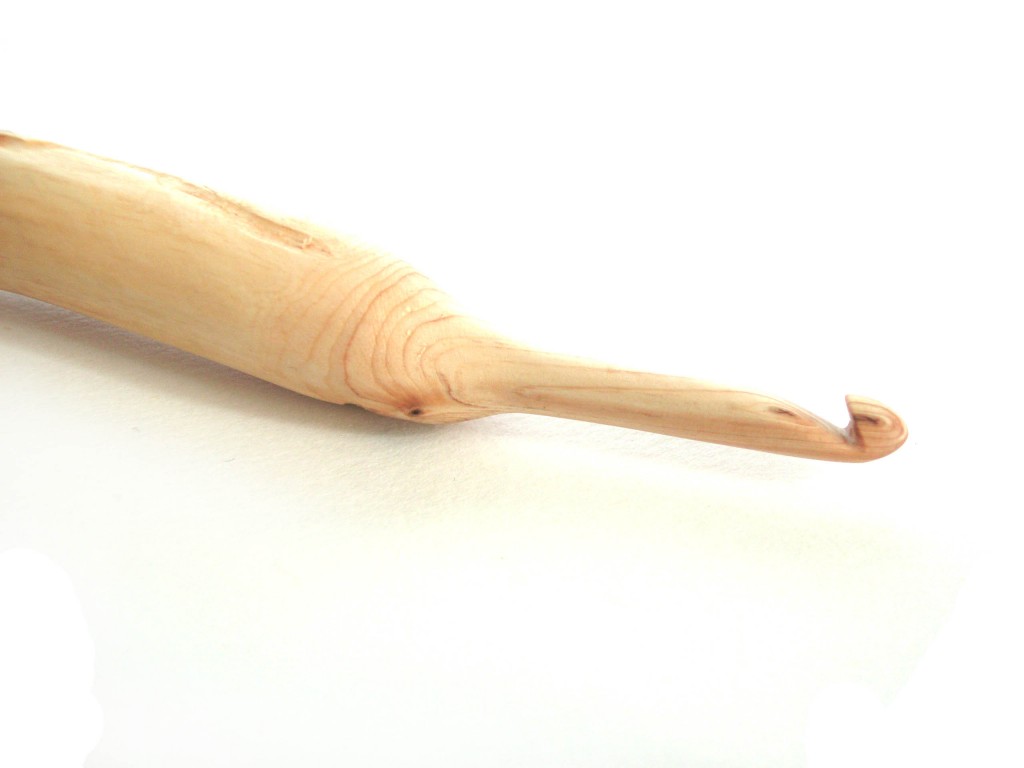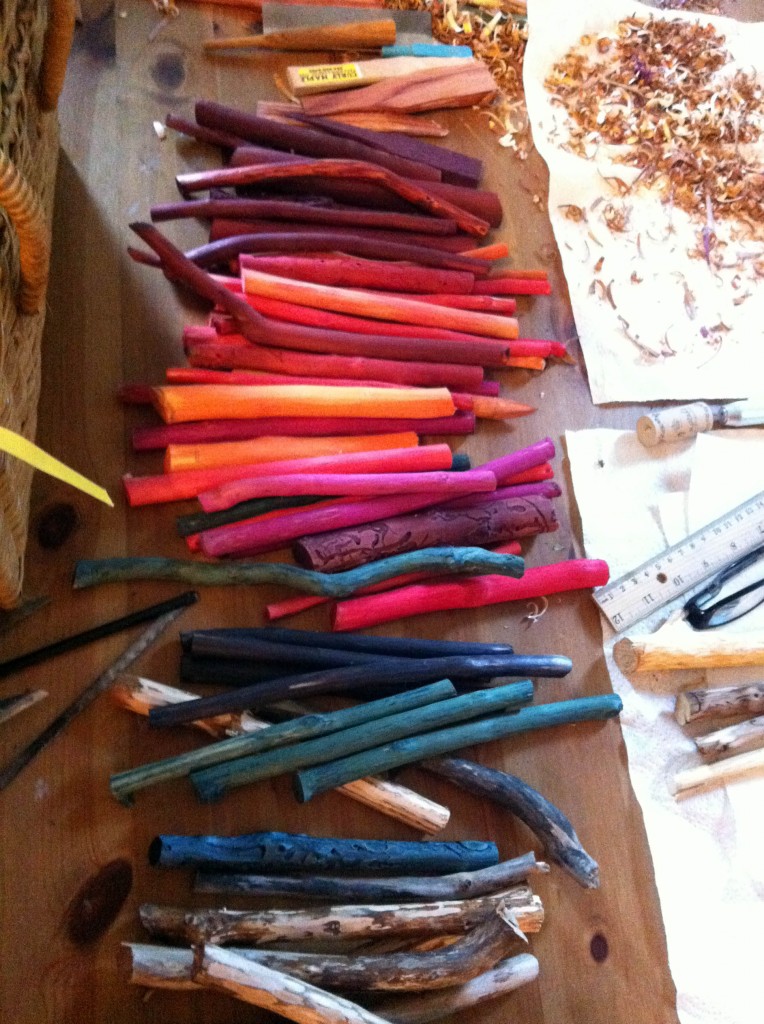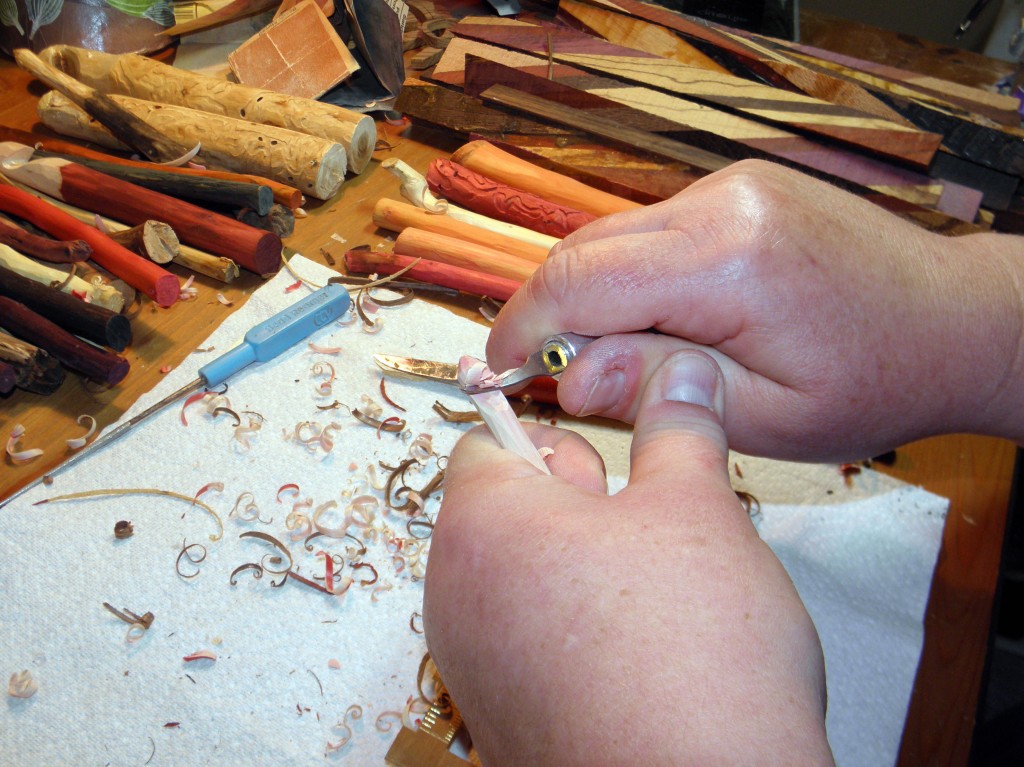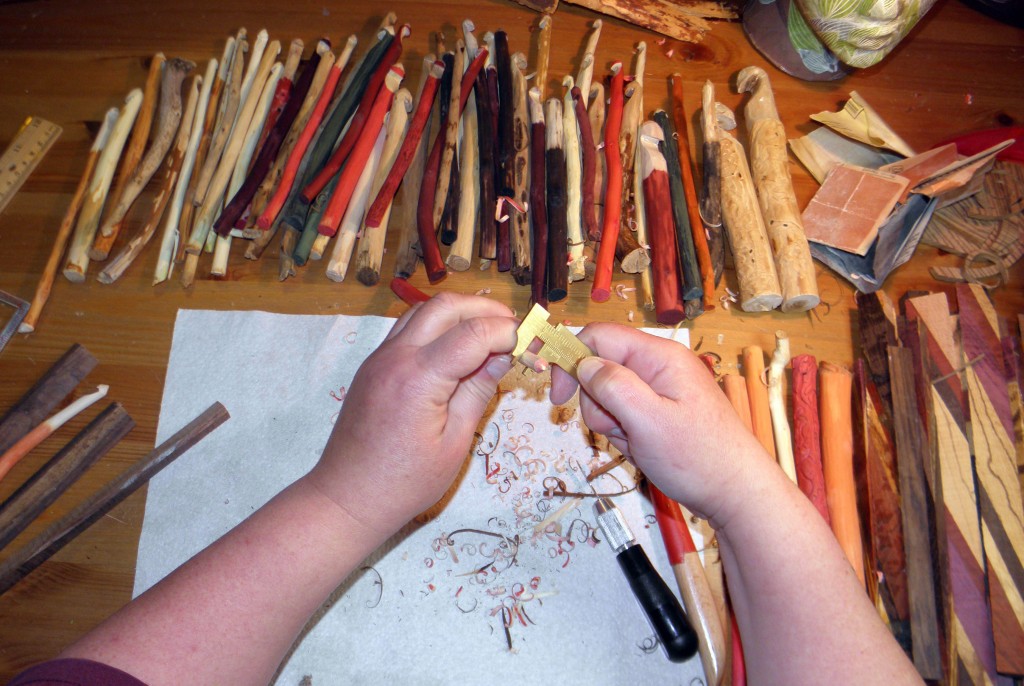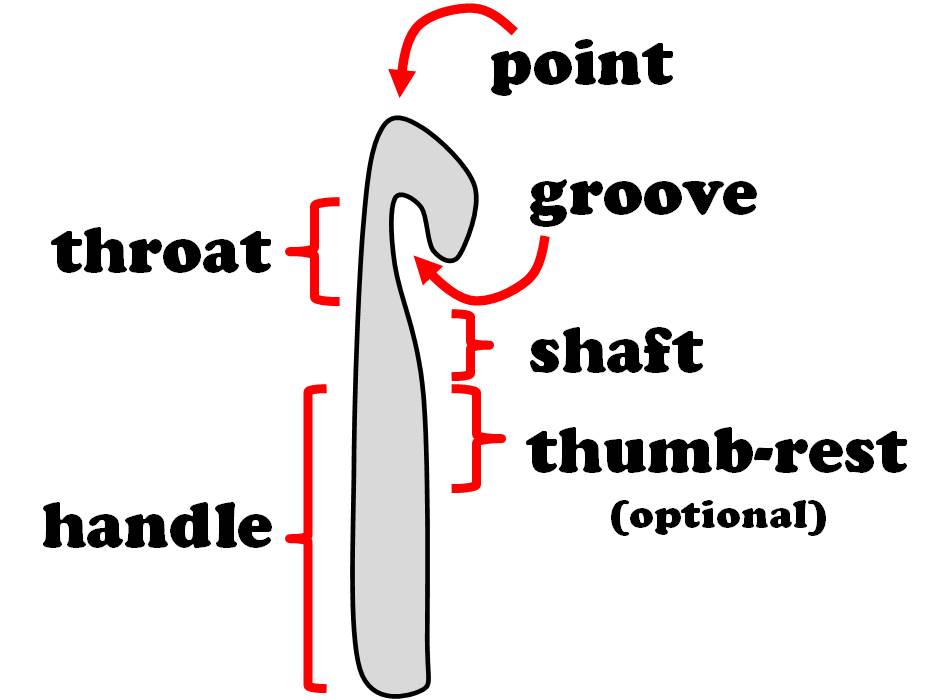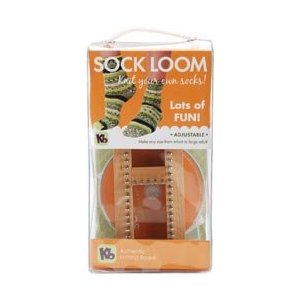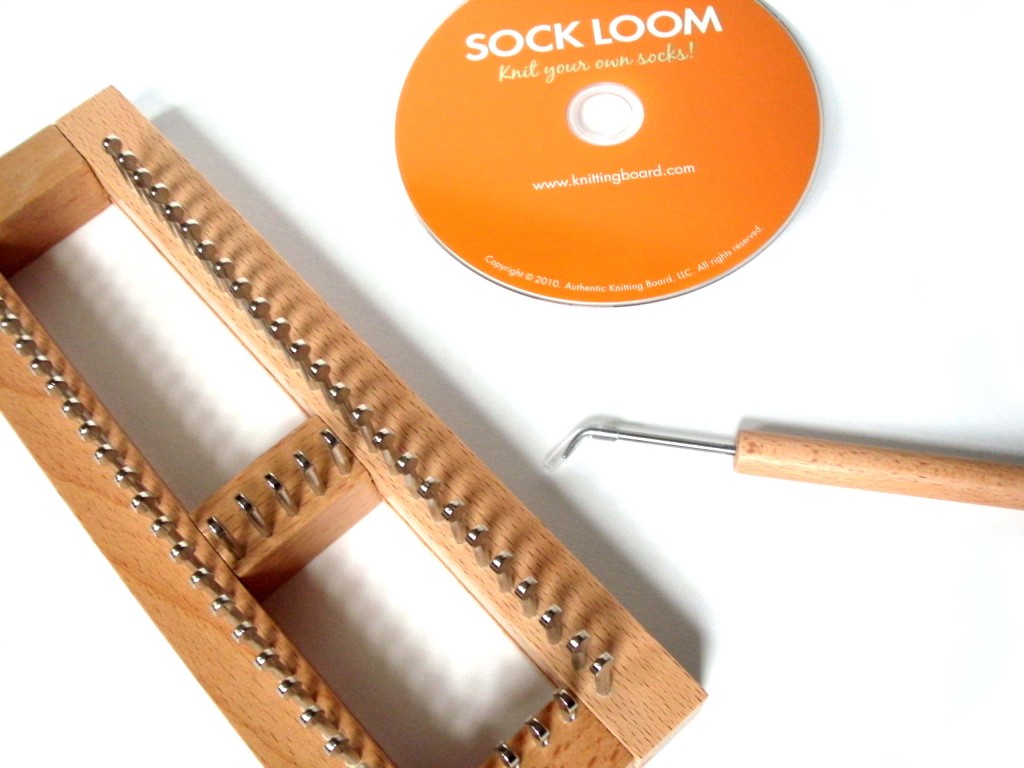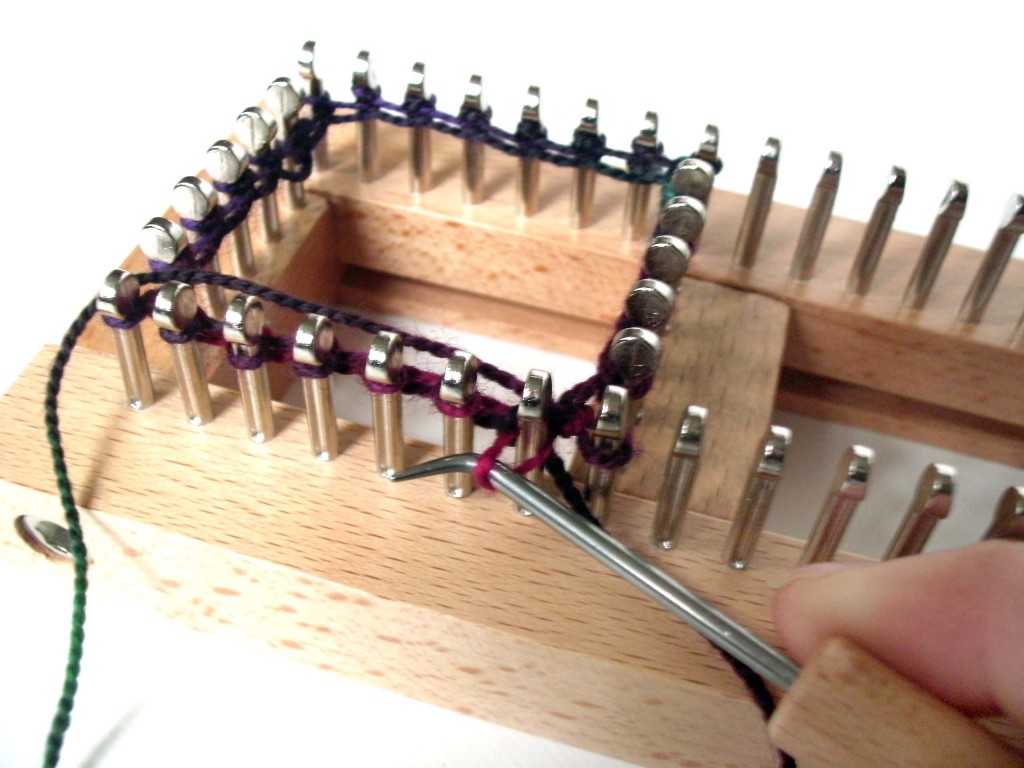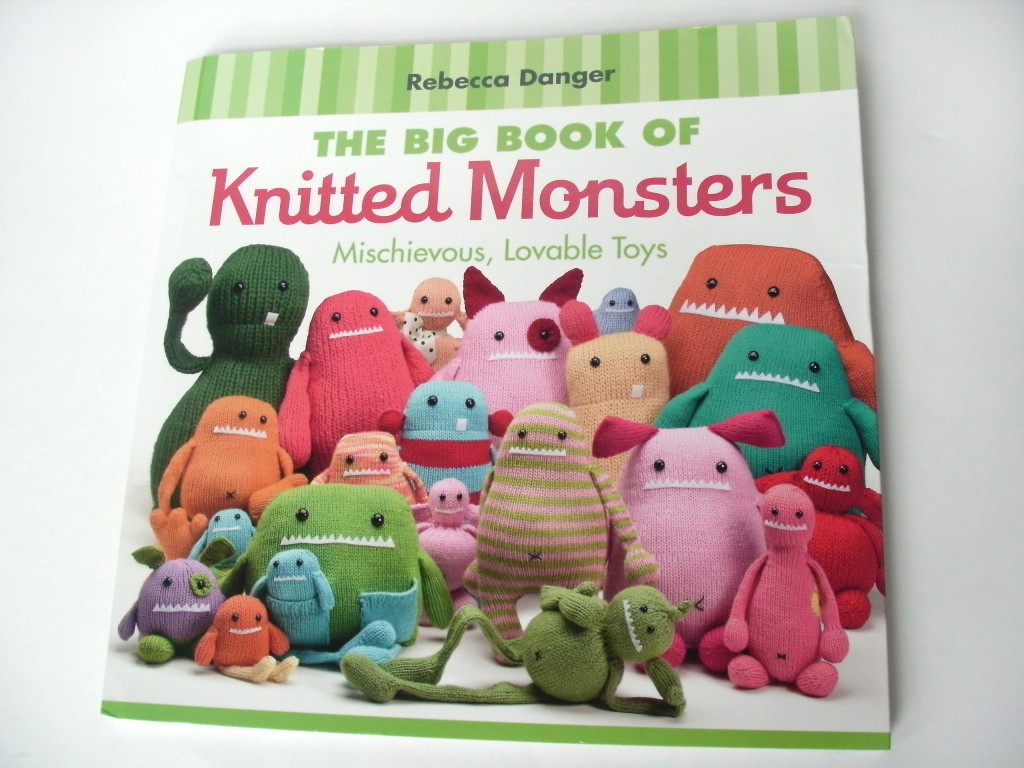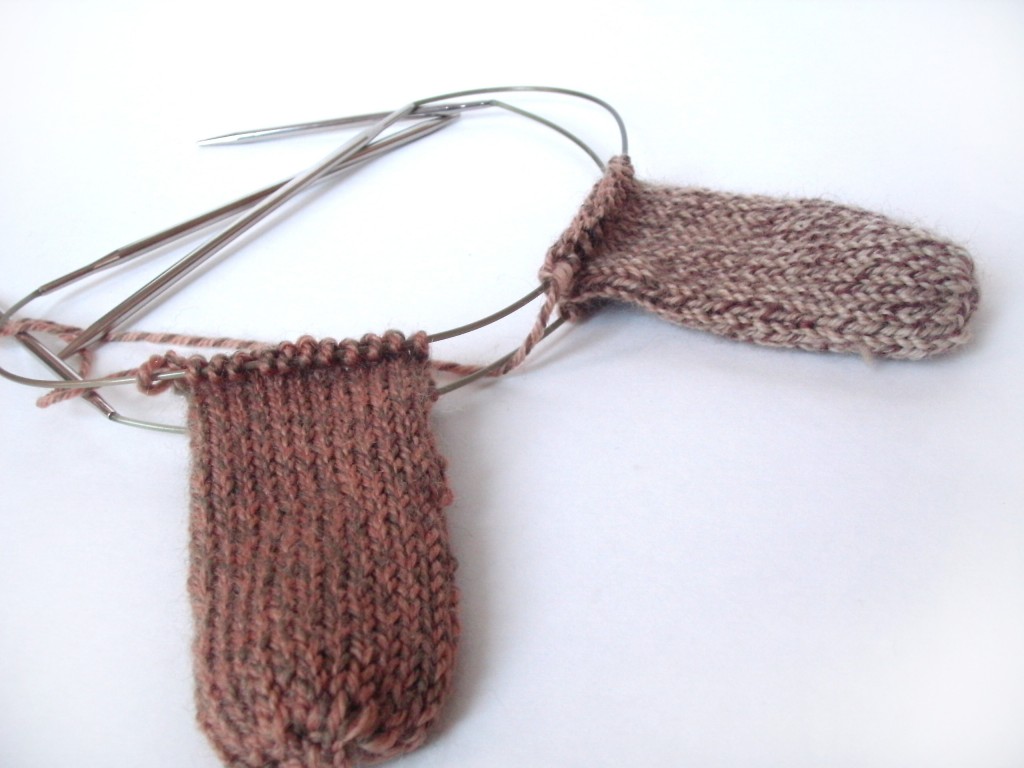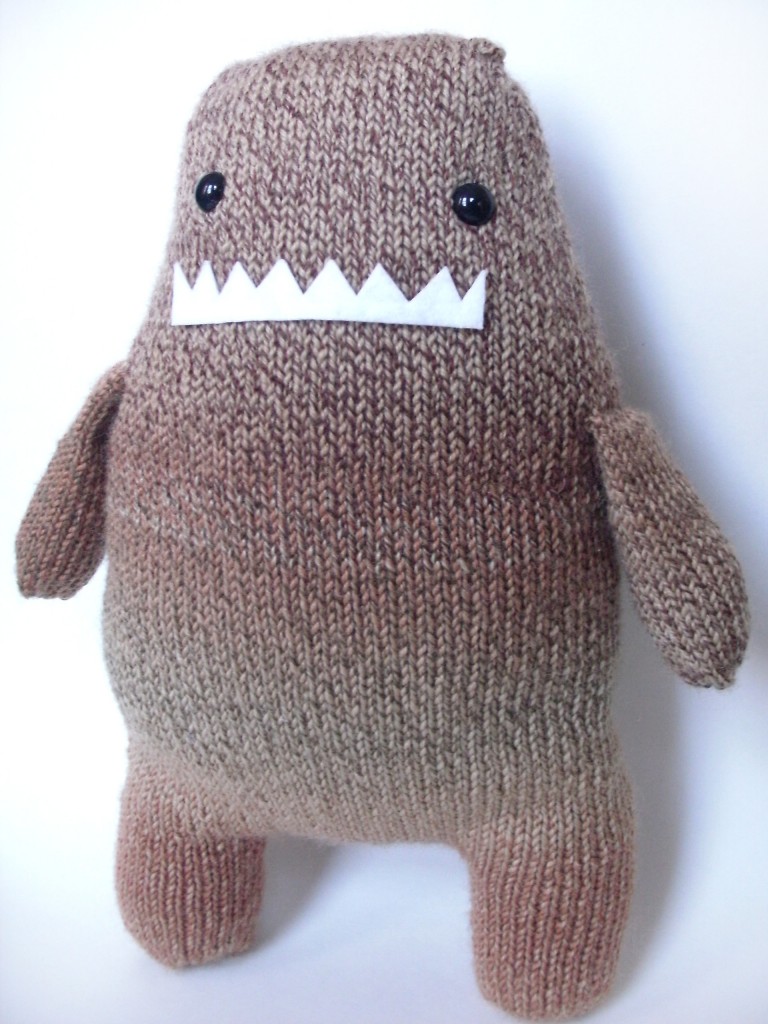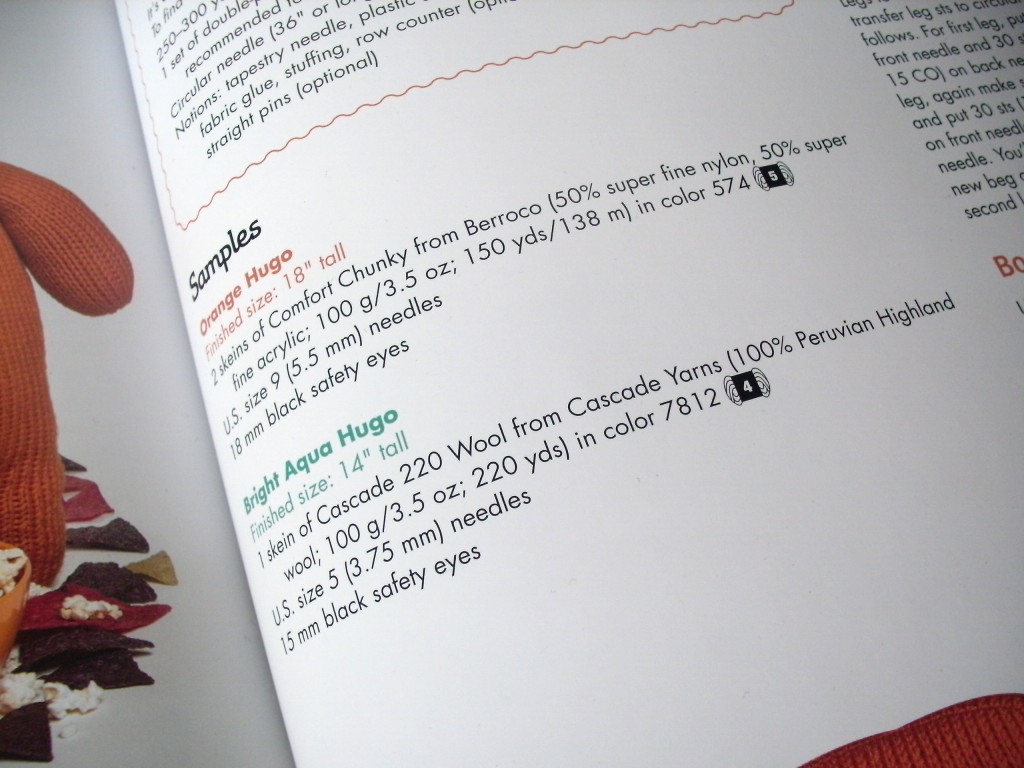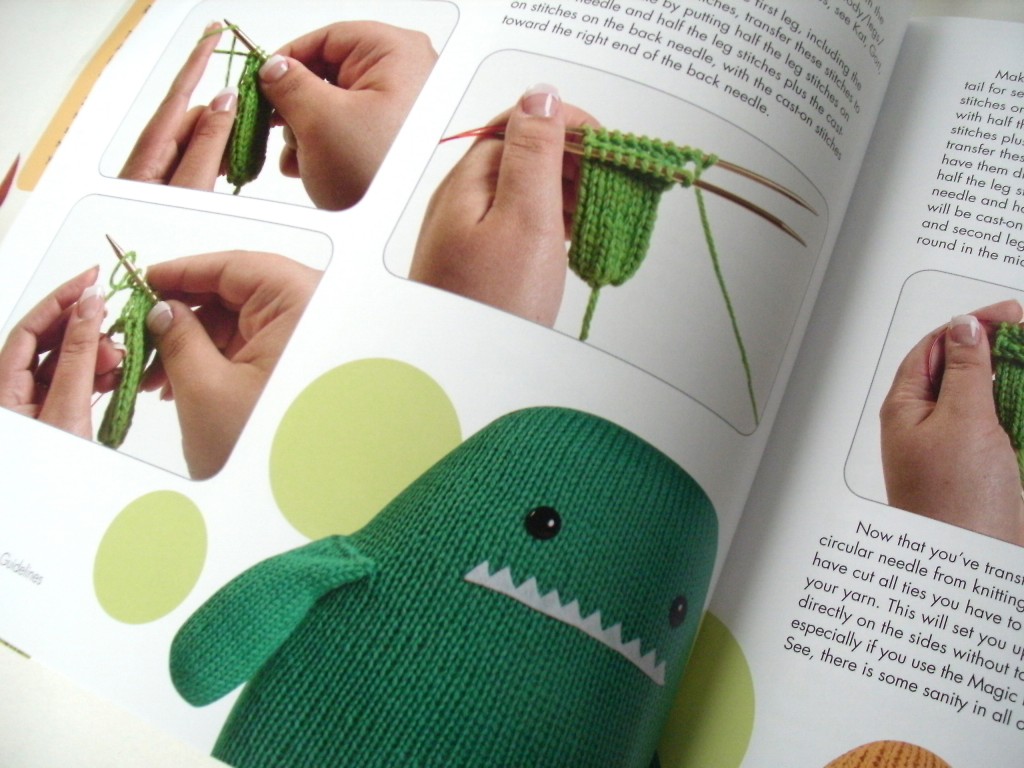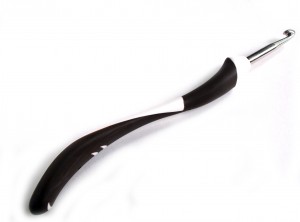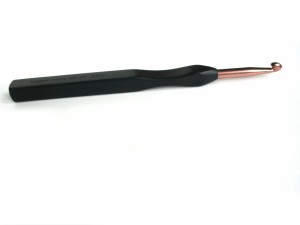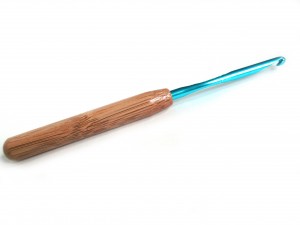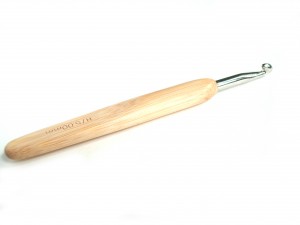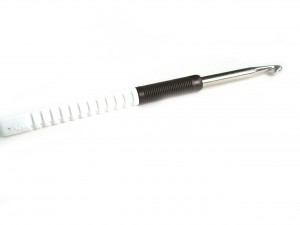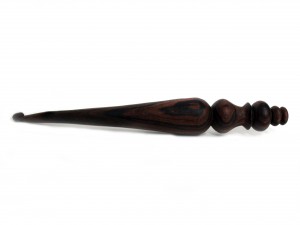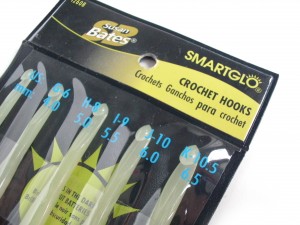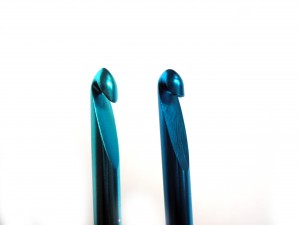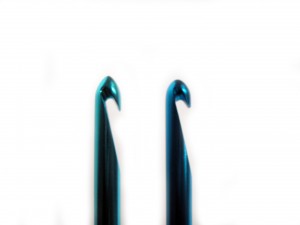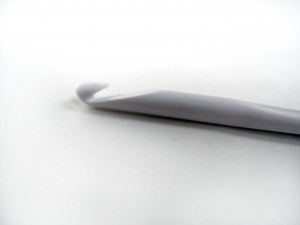So often, I get asked, “how did you start designing?” or “how did you start crocheting?” I’ve told my story on the blog… so I thought it would be fun to interview another artist about how they came to their calling!
I wanted to find someone who did beautiful work, but maybe someone you hadn’t met before. Then it hit me: Harrison Richards.
Meet Harrison

In the crochet world, we tend to think about the pattern designers, indie dyers (of yarn) and folks who do the crocheting. (Right? That’s who you think of, isn’t it?)
But what about the artists who make crochet hooks? Harrison Richards is the woodcarver (and founder of) Furls Crochet Hooks (pictured above). I describe these hooks as the ‘Rolls Royce’ of crochet hooks: stunningly beautiful, but also built for performance.
Furls crochet hooks are crafted to be ergonomic and are custom made for your hand size. The design of the hook is made to fit comfortably in the palm of your hand, so that you can comfortably crochet for hours on end.
How do you start designing custom crochet hooks? For Harrison, a master woodworker, the journey began with the goal helping out a crocheting friend stricken with sore muscles from a conventional crochet hook.
I asked Harrison to come over and tell us his story… and to talk about his start & inspiration.
Harrison’s Journey, in his own words
It’s 4pm on a Wednesday after school, and the last bell rang a while ago. Sitting on the front porch of his school, a 16 year old boy patiently watches his high school sweetheart crochet as they both wait for their rides home.
Stitch by stitch, she lovingly loops each length of fiber into a soft circular cap, soon to be a crocheted beanie. She’s been at it all day, and her hands are starting to tire, her stitches are getting tighter, and holding the tiny, florescent pink metal crochet hook in her hand is feeling more and more tense. He notices her straining wrists, and the small clicking sound coming from her knuckles every so often. Eventually she has to take a break, otherwise she knows her hand will cramp up. Their rides arrive, they exchange a high school kiss and go their separate ways.
She goes home and crochets. He goes home, and he can’t stop thinking about her hook. “I hate it”, he thinks. He knows that there has to be something better for her. “She deserves so much more”, he yells in his head, “she shouldn’t have to endure pain just from doing something she loves!”. He jumps on the internet, and tirelessly searches until stumbling upon ergonomic crochet hooks.
These aren’t for her either: they’re all alien looking, she deserves something beautiful. She is the absolute dream of this boy and he refuses to settle for less then perfect. Armed with his dad’s blunt Swiss Army knife and no woodworking experience, he sneaks into his family’s garage-turned-woodshop and starts to carve. “This will be the most beautiful crochet hook on earth…no one will have another like it… and it will fit her hand perfectly”, he muses. In that tiny woodshop, as the sun began to rise early the next morning, after hours of recklessly attacking an young oak twig until it resembled a crochet hook, he had finished with her hook and Furls Crochet was born.
Years later, Furls Crochet still furiously strives to provide every crocheter with what they really deserve; a perfect crochet hook. You craft moment by moment, stitch by stitch. You are not a machine. You are a human being who delights in every turn of the hook, every pull on the skein and every completed row. You are an artist. I treasure that about crocheters, and I want every crocheter to have a hook that reflects who they really are.
They say that you can tell a lot about someone by the character of their lover. I believe the same can be said for crocheters and their hooks. There is a romance between your hand and your hook that is an expression of who you are as a crocheter. This is why, years after a high school romance, every Furls Crochet hook is still made by hand, one by one, hook by hook, to exacting artistic and ergonomic standards out of the most gorgeous pieces of wood on earth. I believe that you deserve a crochet hook that is as unique and beautiful as you are.
– Harrison, founder of Furls & the ‘grown-up’ high school Romeo
Did you just get goosebumps?
The mark of a true artisan is that they’re obsessively passionate about their work. Had you thought about your hook as a finely crafted tool before? Maybe not… but after reading Harrison’s words, I’ll bet you will!
Even though Harrison is a woodworker and I’m a designer, to me, it seems that our stories are the same. I love stuffed animals. I’m excited about stuffed animals… and I want everyone in the world to make them. Harrison loves his hooks.
Isn’t it beautiful?
Thank you so much, Harrison, for coming by and sharing your story with us!
Find Harrison
Want to learn more about the object of Harrison’s love, Furls crochet hooks? You’ll want to visit the Furls website and find Furls Crochet on Facebook.
Happy crocheting, everyone!






